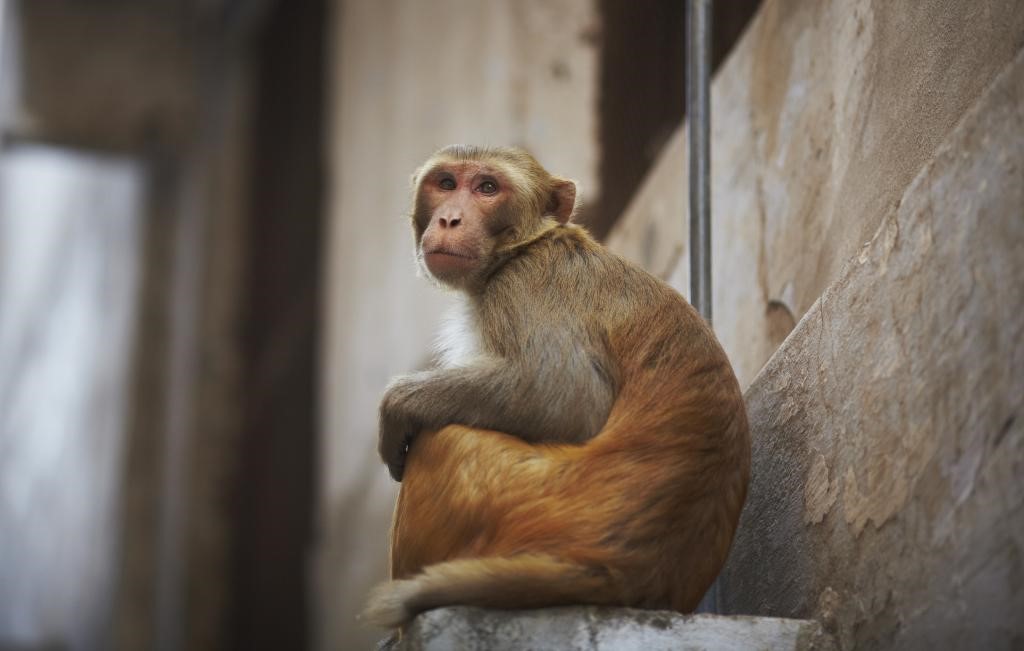Free Courses Sale ends Soon, Get It Now


Free Courses Sale ends Soon, Get It Now



Source: DownToEarth
Disclaimer: Copyright infringement not intended.
Context
Details
Background
About B virus
Virology and Classification:
Natural Hosts:
Transmission to Humans:
Clinical Presentation in Humans:
Diagnosis:
Treatment:
Sources:
|
PRACTICE QUESTION Q. Which of the following statements about B virus is correct? A) B virus primarily infects humans and rarely affects macaque monkeys. B) B virus belongs to the Filoviridae family and is closely related to Ebola virus. C) B virus is transmitted to humans primarily through mosquito bites. D) B virus, also known as herpes virus B, primarily infects macaque monkeys and poses a risk to humans in laboratory settings. Correct Answer: D |
© 2024 iasgyan. All right reserved